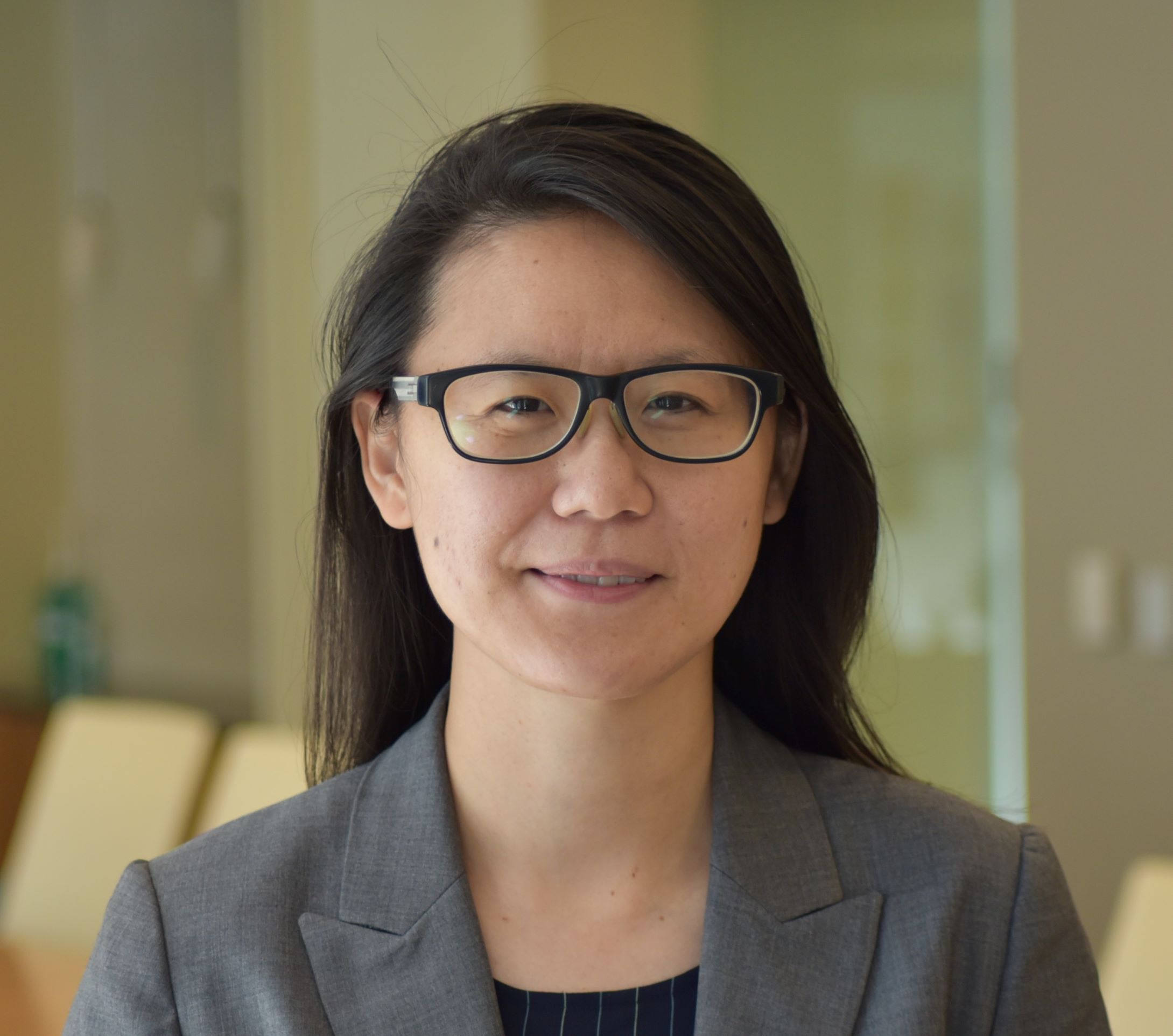![]()
![]()
If we want the world to be better prepared for the next pandemic, we need to expand the pie for global health and pandemic preparedness. To do this, advocates need to look beyond Official Development Assistance (ODA).
After the Ebola epidemic in 2013-16 in West Africa, many people warned of the risk of a global pandemic and its enormous consequences and losses. My colleagues, Dean Jamison, Larry Summers, and myself also analyzed the enormous costs of a pandemic in our research.
But warnings went unheeded. In the decade prior to the COVID-19 pandemic, global health funding stagnated, with spending hobbling at around US $39 to $40 billion. Astonishingly, after 2014 and during the Ebola epidemic, global health funding declined before picking up in 2017 and stagnating there onwards.
As a result, the world was unprepared and responded poorly to the COVID-19 pandemic, leaving us exposed to disastrous health, economic, social, and psychological consequences.
Some might say that in places such as the US and UK that were supposedly “highly prepared” (as ranked by various indices such as the Global Health Security Index), the effectiveness of responses were exceedingly poor, despite having enormous resources and funding. Clearly, lack of resources was not the problem in the US or the UK.


But the same is not true of much of the world. Money was a real bottleneck for financing the response—it limited countries’ abilities to rapidly scale capacities for testing, tracing, isolation/quarantine, and vaccination operations. In terms of preparedness, the epidemic intelligence and early warning systems, including workforce and data, were not—and are still not—adequately financed, by countries or multilateral institutions.
To demonstrate just how paltry the financing is, we’re talking about countries that spend a fraction of what the US spends on health. In 2019, on a per person basis, Ethiopia spent US $27 (0.24 percent), India $64 (0.58 percent), and Samoa $272 (2.49 percent). The US on the other hand, spent $10,921 per person—for all health spending, according to the WHO health expenditure database. That’s like one COVID-19 rapid testing kit in Ethiopia, two in India, and 10 in Samoa, respectively, assuming a cost of US $25 per pack.
Another comparison to highlight the stark differences in health spending, is to look at the context of the US health economy, which spends on average US $11 billion per day. Compare that to the $14 billion per year that the US spends on development assistance for health. If we could literally shave off 0.001% from US domestic health spending, we’d have US $40 billion to put into our World Pandemic Fund or other rainy day fund.
Unfortunately, the world has committed the equivalent of just pennies for the Pandemic Financial Intermediary Fund, housed at the World Bank and co-hosted with the World Health Organization. A billion dollars might seem like an enormous sum of money. And without a doubt, it is a crucial start-up investment.
But when comparing to the decade of global health stagnation, it is a mere 1/40 of all global health spending. It is nowhere near the amount that many have called for, including the G20 pandemic financing report, which asks for at least US $75 billion in the next five years or US $15 billion per year.
Exactly where can we shave off a few couple more billion dollars, you ask? Let us put aside ODA and the semantics of what constitutes ODA. If we agree that we need to increase financing of pandemic preparedness, then the “how” is solvable.
Meanwhile, the global health community continues to have in-fighting over the ODA health pie. But to paraphrase Dr Paul Farmer, who would ever so gently chide the global health advocates bickering over their niche areas, he would argue that we need to expand the pie, not just fight over our little slices.
To expand the pie and adequately finance pandemic preparedness and global health in general, global health advocates need to look beyond ODA. With the threat of another pandemic, advocates for pandemic preparedness may need to look beyond “development finance” lines of the budget to the “national security” or “defense” lines. Financing pandemic preparedness is a form of defense, essential to human security. It is baffling to many that the world is hesitating now. At a time when the devastation of a pandemic is fresh in our minds, we need to go all in to prepare and prevent the next big one. What is holding us back?
Victoria Fan is Senior Fellow in the global health policy team at Washington-based think tank, the Center for Global Development.

